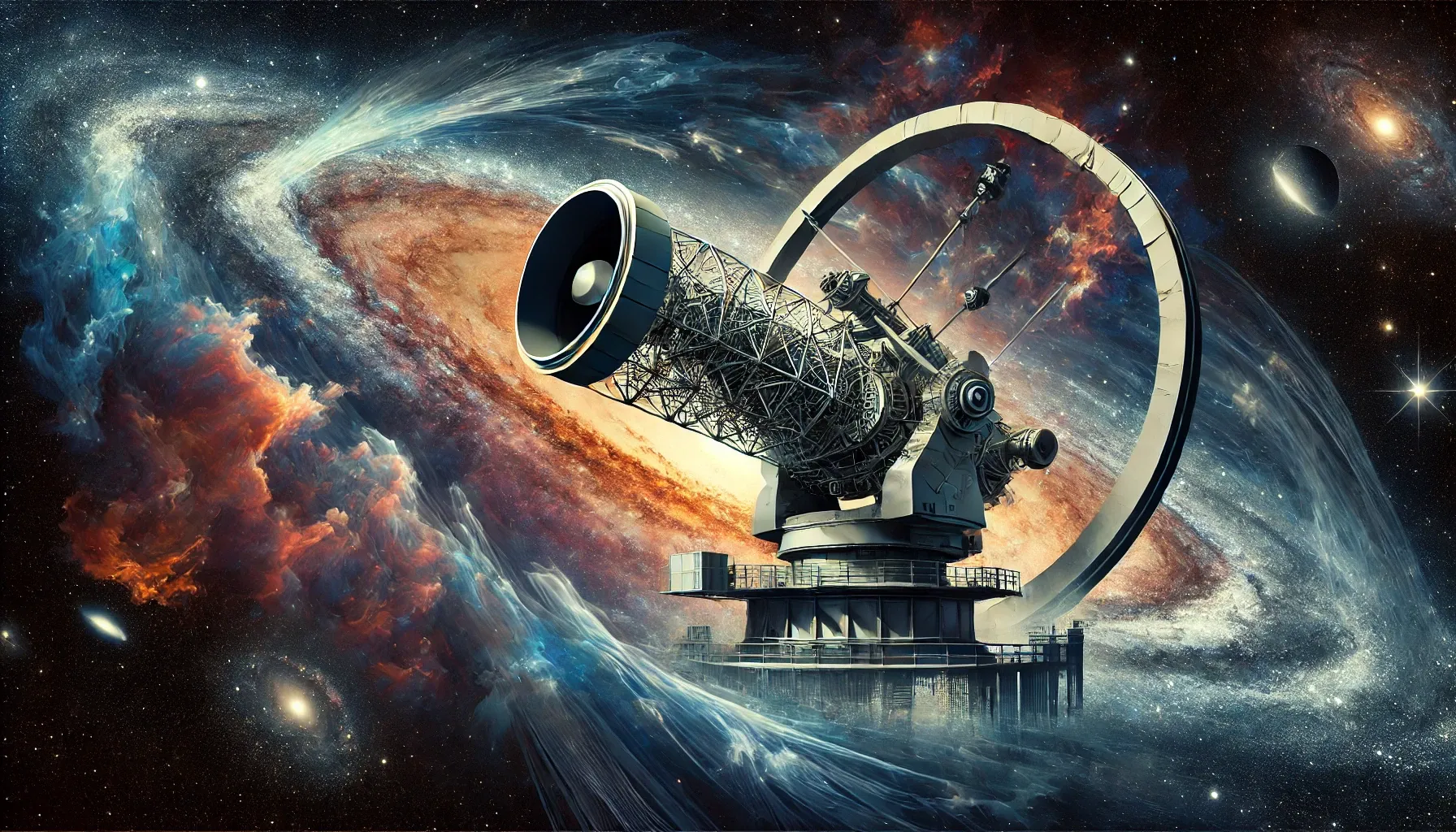UPSC
Exam Nugget
Euclid Telescope Unveils the Dark Universe
Last Updated
26th March, 2025
Date Published
26th March, 2025
Share This Post With Someone

Context:
On March 26, 2025, the European Space Agency’s (ESA) Euclid telescope released its first dataset, capturing images of 26 million galaxies in just one week. This milestone, part of a six-year mission launched in July 2023, aims to map the universe’s large-scale structures and unravel mysteries of dark matter and energy, offering significant insights into cosmic evolution.
Key Information Points:
- Mission Overview: Launched on July 1, 2023, by ESA with contributions from NASA, Japan, and Canada, Euclid aims to create a detailed 3D map of the universe, covering one-third of the sky over six years.
- First Data Release: In its initial week-long observation, Euclid captured high-resolution images of 26 million galaxies, some 10.5 billion light-years away, released on March 26, 2025.
- Telescope Capabilities: A 1.2-meter telescope with a field of view 240 times larger than Hubble’s, Euclid uses visible and infrared spectra for superior image resolution and contrast.
- Scientific Objectives: Designed to study dark matter and dark energy, which constitute 95% of the universe, by mapping galaxy structures and their evolution over 10 billion years.
- Deep Field Observations: Initial data includes three “deep field” areas, with plans for 30–52 revisits each, enhancing resolution and object detection over time.
- Galactic Insights: Images reveal diverse galaxy shapes, aiding research on galaxy formation, cosmic web organization, and gravitational lensing effects.
- X-ray Astronomy: Identified 12,000 active galactic nuclei (AGN) with supermassive black holes and numerous X-ray sources, advancing high-energy astrophysics.
- Redshift Catalogue: Compiled 70,000 spectroscopic redshifts from sky surveys, enabling precise distance calculations via cosmological redshift as galaxies move apart.
- Progress Update: Scanned 14% of its target sky area, with full cosmology data expected by October 2026, promising a comprehensive cosmic atlas.
- Global Collaboration: Led by ESA and the Max Planck Institute, the mission integrates expertise from multiple nations, enhancing its scientific scope.
Key Terms:
- Dark Matter: Invisible substance influencing gravity and galaxy formation, comprising ~27% of the universe.
- Dark Energy: Mysterious force driving the universe’s accelerated expansion, ~68% of the universe.
- Euclid Telescope: ESA’s space observatory mapping the universe in 3D.
- Cosmological Redshift: Light stretching to redder wavelengths as space expands, indicating galaxy distance.
- Gravitational Lensing: Bending of light by massive objects, revealing dark matter distribution.
- Active Galactic Nuclei (AGN): Galaxy centers with active supermassive black holes emitting intense energy.
- Cosmic Web: Large-scale structure of galaxies interconnected by filaments of matter.
Link To The Original Article – https://indianexpress.com/article/technology/science/esa-euclid-telescope-26-million-galaxies-9907080/